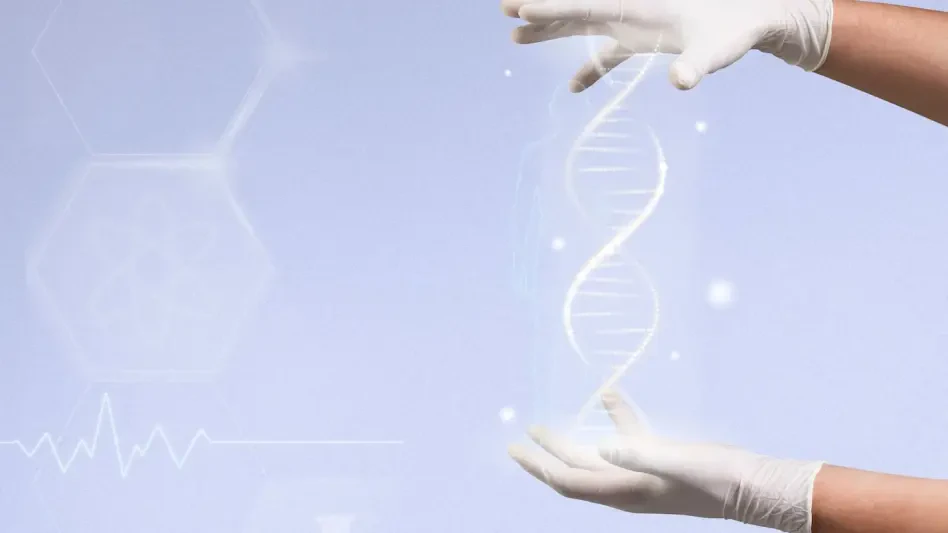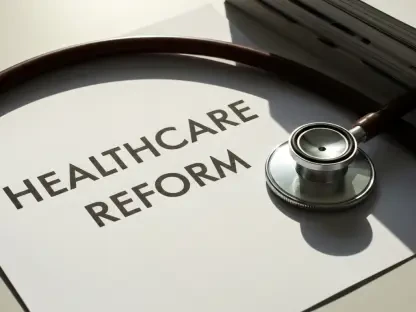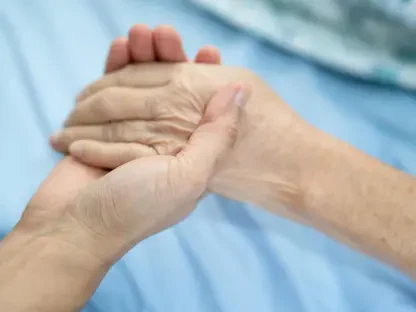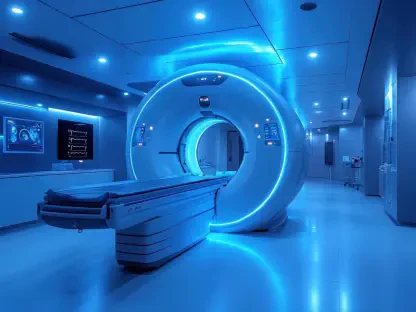Does innovation in genetic treatments outweigh potential fatal risks for patients? This crucial question arises following concerns about Elevidys, a gene therapy for Duchenne muscular dystrophy (DMD). Recent fatalities have stirred conversations around its safety for non-ambulatory patients—these are noteworthy developments in a field where new therapies can significantly alter lives.
Navigating the Risks of Elevidys
Recent events have spotlighted Elevidys due to adverse effects culminating in fatalities among non-ambulatory Duchenne patients. With two acute liver failure deaths reported in a short span, corporations and regulators face escalating concerns over safety protocols. This scenario underscores a broader debate about balancing innovative therapies with patient safety in critical medical advancements.
The Urgent Need for Safe Therapies in DMD
Duchenne muscular dystrophy represents a severe genetic muscle disorder, progressively limiting patients’ mobility and ultimately affecting vital functions. For non-ambulatory individuals, effective treatment options are particularly scarce, making the role of gene therapies crucial. The urgency highlights healthcare’s challenge in addressing rare diseases where potential treatments like Elevidys offer hope, albeit with risks.
Understanding the Safety Concerns of Elevidys
Elevidys aims to deliver microdystrophin via engineered viruses, a pioneering approach with inherent risks such as immune responses and liver complications. The dosage relies on patient weight, leading to higher dosage needs—and consequently greater risks—for non-ambulatory patients. While fatalities among these patients have raised alarms, understanding these complexities is vital for evaluating gene therapy safety.
Perspectives from Experts and Industry
Healthcare professionals, regulators, and industry analysts weigh in on the Elevidys debate, offering insights into this complex situation. Drawing parallels with treatments like Zolgensma provides contextual understanding, while discussions reflect on safety versus efficacy. Analysts point out the potential impacts and opportunities for other therapies, considering broader market implications amid safety scrutiny.
Advancing Toward Safer Therapeutic Solutions
In response to safety concerns, developers are adopting various strategies. Sarepta Therapeutics is reevaluating protocols, including potential immunosuppressant integration. Meanwhile, explorations into alternative therapies, such as Solid Biosciences’ SGT-003, offer promising safety and efficacy enhancements. These efforts indicate a dynamic landscape, urging stakeholders to monitor regulatory and therapeutic progress closely.
While Elevidys continues its market journey, stakeholders have pursued solutions to navigate safety concerns effectively. Persistent efforts toward improving safety protocols aim to address acute risks with significant industry and regulatory input. The patient safety imperative has shaped both strategic and regulatory adaptations, reflecting how real-world complexities influence groundbreaking medical innovations.









